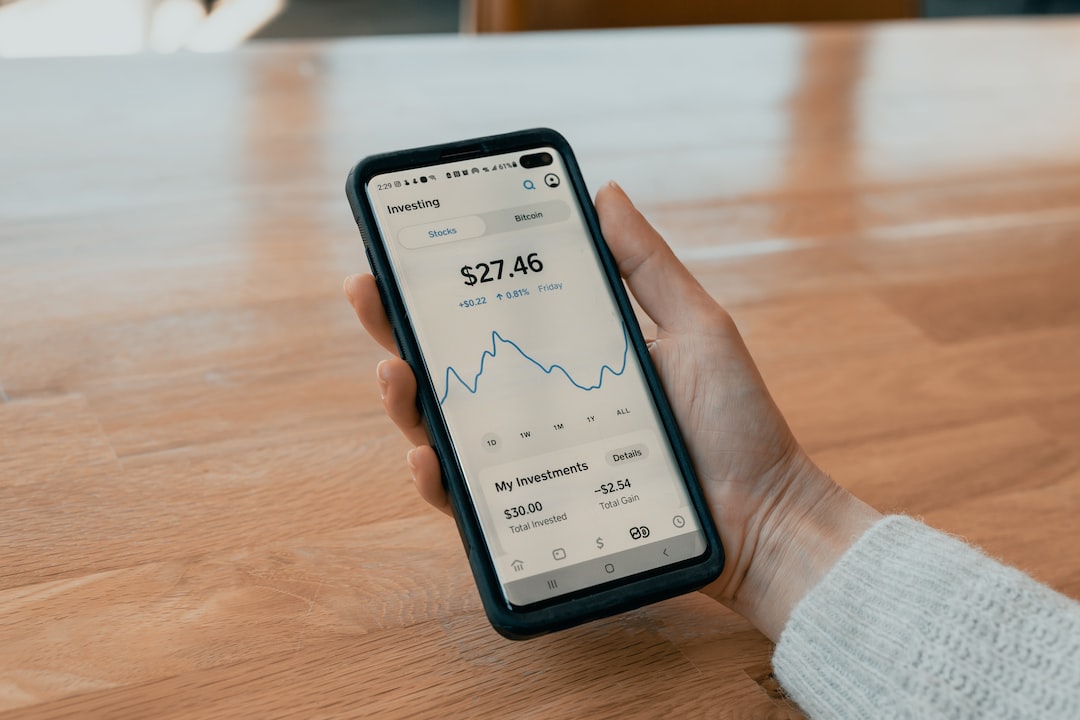Forex trading is an exciting and lucrative venture that offers many opportunities for traders to make money. However, it can also be a challenging and risky endeavor if traders do not have a proper understanding of the market and the tools needed to succeed. One of the most important tools in forex trading is support and resistance levels, which provide valuable information about the market’s movements and potential trading opportunities. In this article, we will explain how to trade forex with support and resistance.
What are Support and Resistance Levels?
Support and resistance levels are price points where traders expect the market to either bounce back up or break down. Support levels are areas where buyers come in and prevent the price from falling further, while resistance levels are areas where sellers come in and prevent the price from rising further. These levels are crucial because they indicate the market’s trend, and trading with the trend is one of the most effective ways to make money in forex trading.
How to Identify Support and Resistance Levels
There are many ways to identify support and resistance levels, but the most common methods include:
1. Using Trendlines: Trendlines are lines drawn on a chart to connect the peaks or valleys of a currency pair’s price action. They help identify the trend and potential support and resistance levels.
2. Using Moving Averages: Moving averages are used to identify the average price of a currency pair over a specific period. They help identify potential support and resistance levels by showing the average price of the currency pair.
3. Using Pivot Points: Pivot points are calculated using the previous day’s high, low, and close prices. They help identify potential support and resistance levels by showing the average price of the currency pair.
4. Using Fibonacci Levels: Fibonacci levels are based on mathematical ratios that are used to identify potential support and resistance levels.
How to Trade Forex with Support and Resistance Levels
Once traders have identified support and resistance levels, they can use them to trade forex effectively. Here are the steps to follow:
Step 1: Determine the Trend
The first step in using support and resistance levels is to determine the trend. If the trend is bullish, traders should look for opportunities to buy and place their stop loss below the support level. If the trend is bearish, traders should look for opportunities to sell and place their stop loss above the resistance level.
Step 2: Identify Support and Resistance Levels
The next step is to identify the support and resistance levels. Traders can use any of the methods mentioned above to identify these levels. Once they have identified the levels, they should mark them on their charts.
Step 3: Wait for Price Action Signals
After identifying the support and resistance levels, traders should wait for price action signals to confirm their trades. These signals may include bullish or bearish candlestick patterns, chart patterns, or other technical indicators.
Step 4: Enter the Trade
Once traders have confirmed their trades, they can enter the trade. If they are buying, they should enter the trade at the support level and place their stop loss below the support level. If they are selling, they should enter the trade at the resistance level and place their stop loss above the resistance level.
Step 5: Manage the Trade
Finally, traders should manage their trades by monitoring the price action and adjusting their stop loss and take profit levels accordingly. They should also consider closing their trades if the market moves against them or if they have achieved their profit targets.
Conclusion
Trading forex with support and resistance levels is a powerful strategy that can help traders identify potential trading opportunities and manage their risks effectively. By following the steps outlined above, traders can use these levels to trade forex with confidence and increase their chances of success. However, it is important to remember that no strategy is foolproof, and traders should always practice proper risk management and discipline when trading forex.





